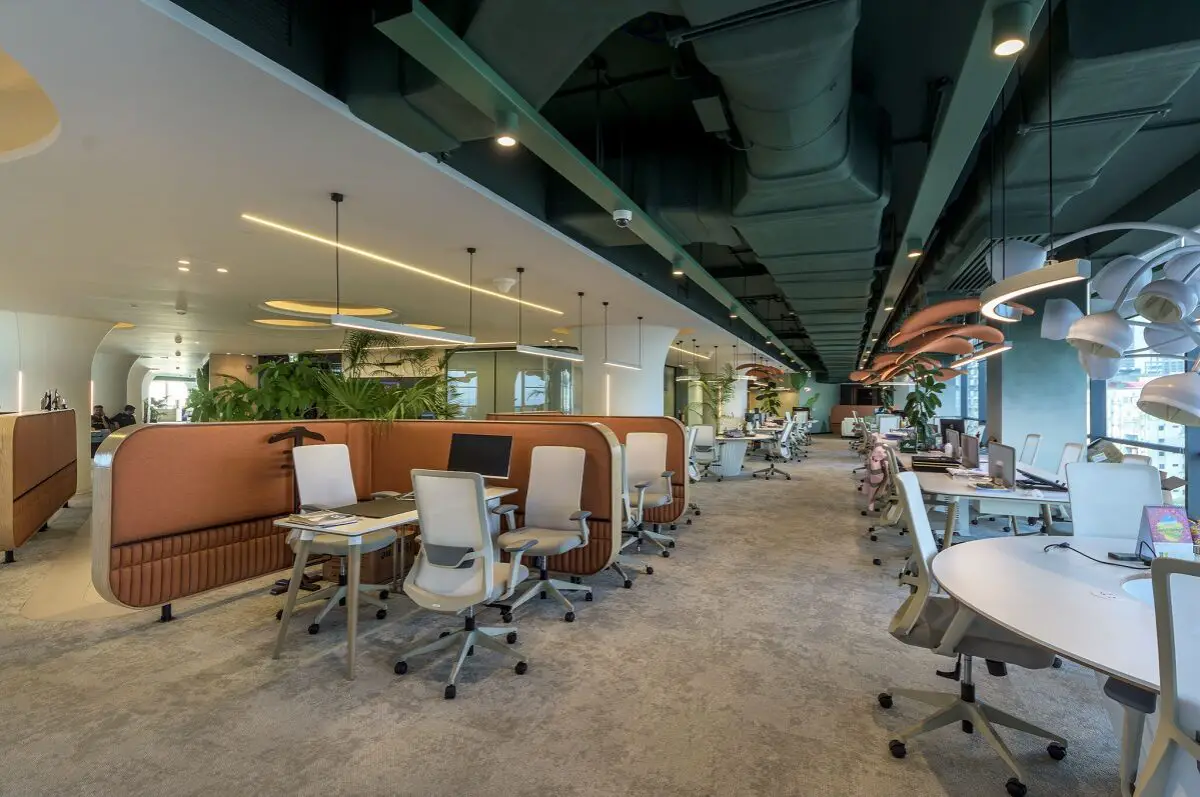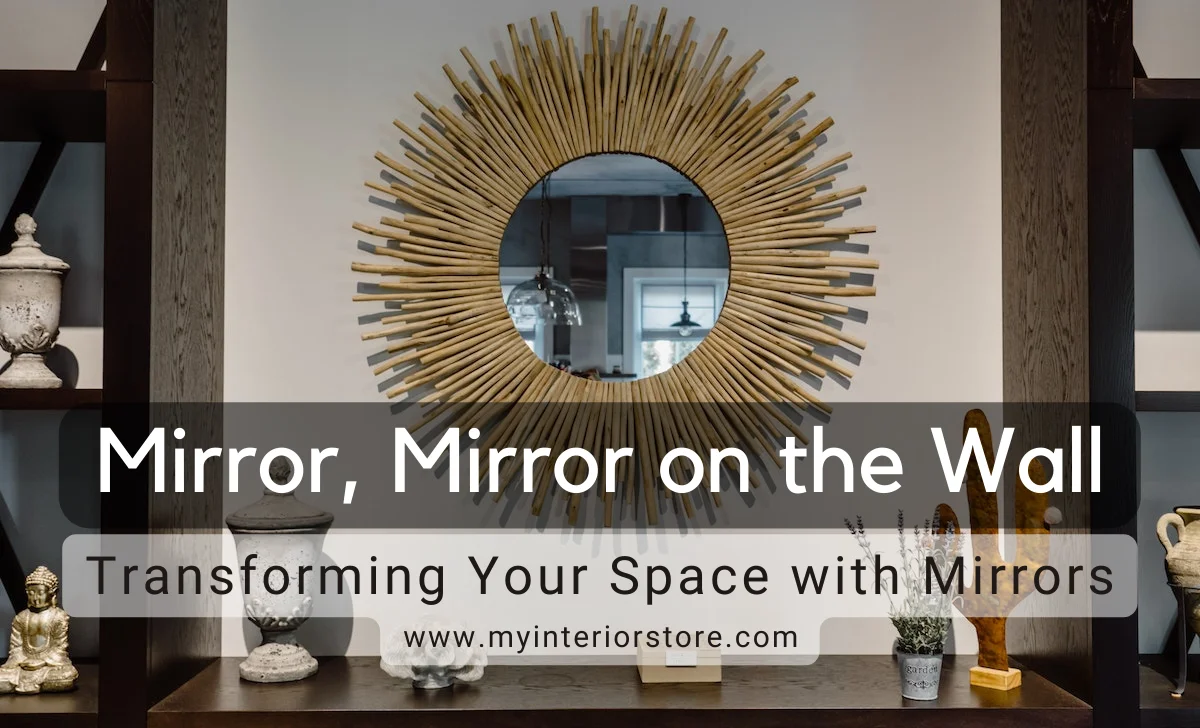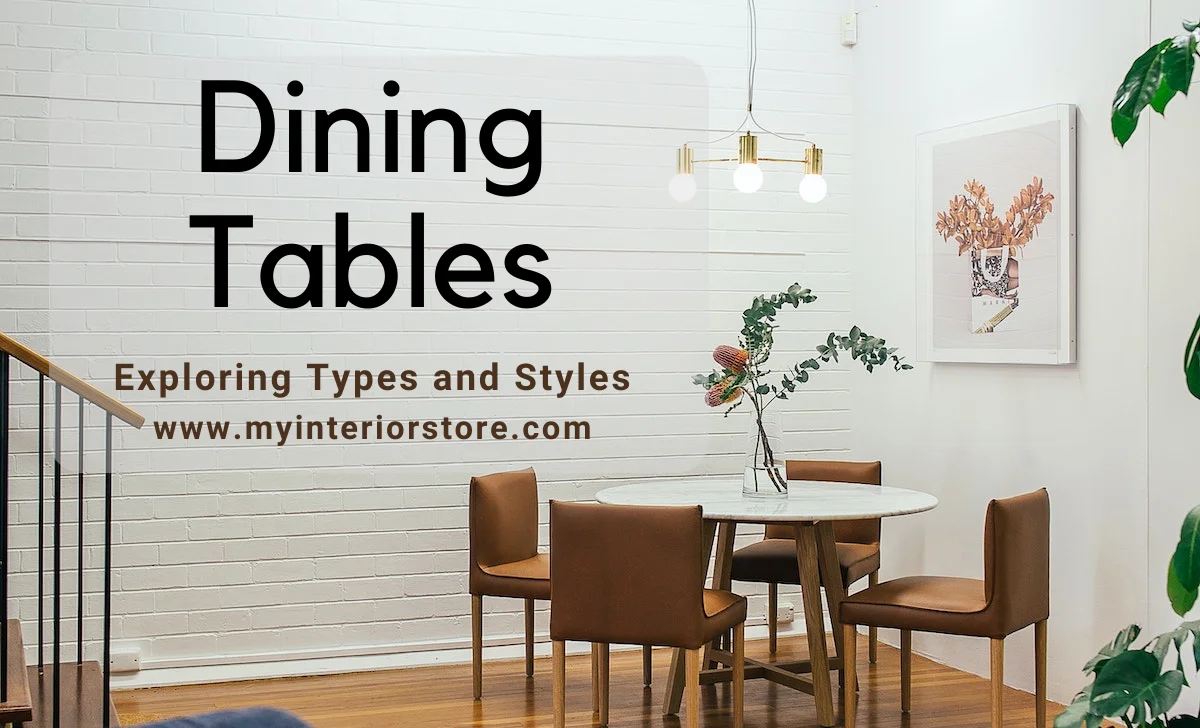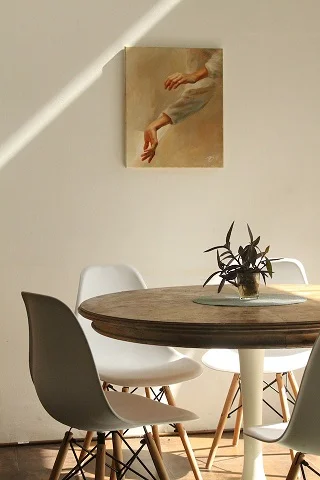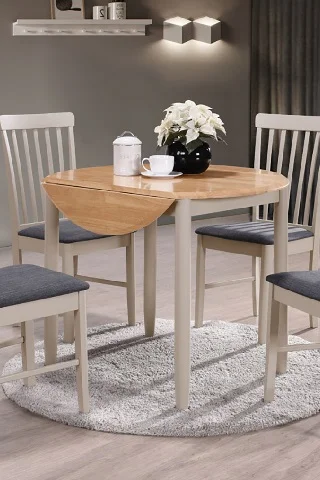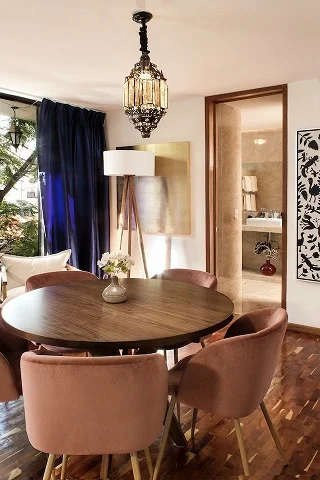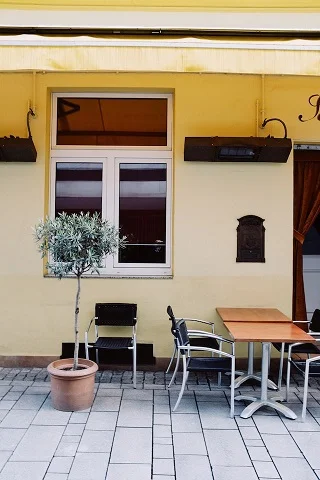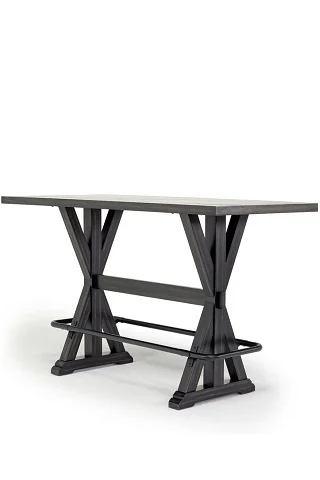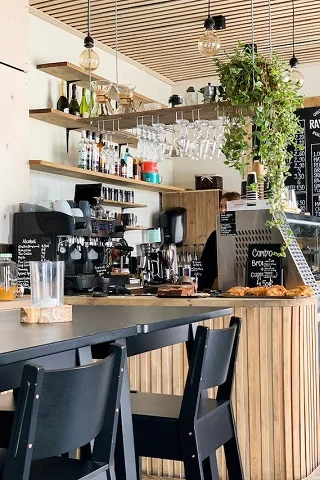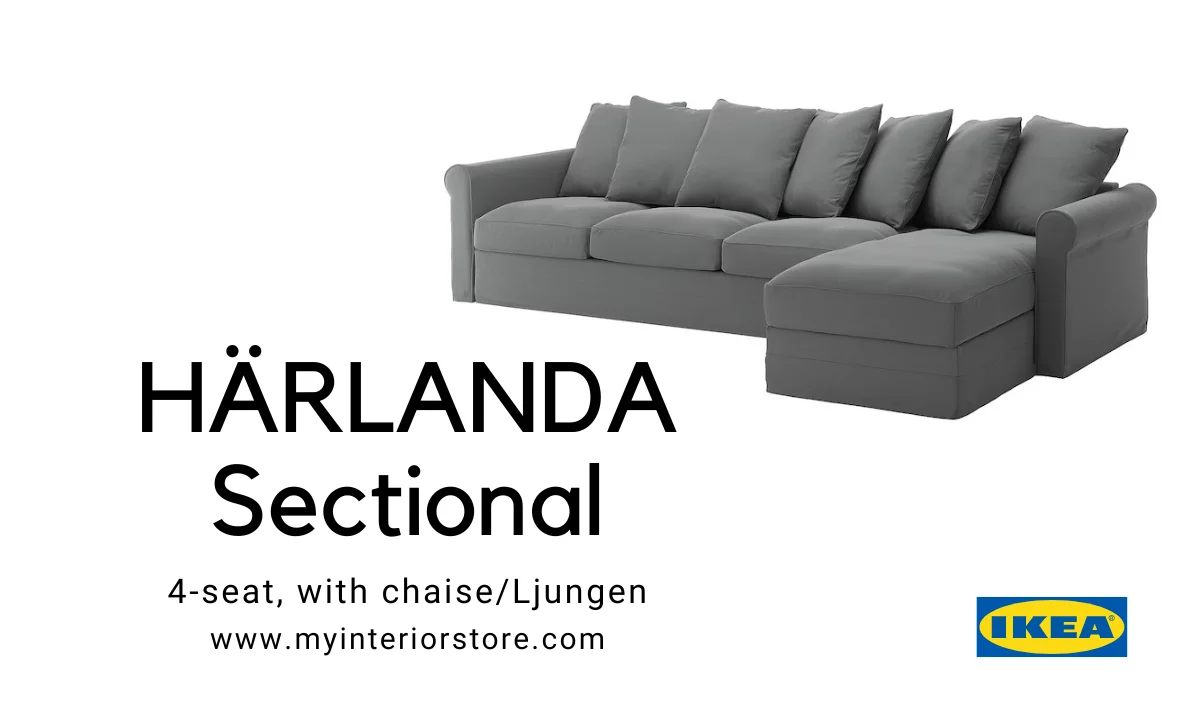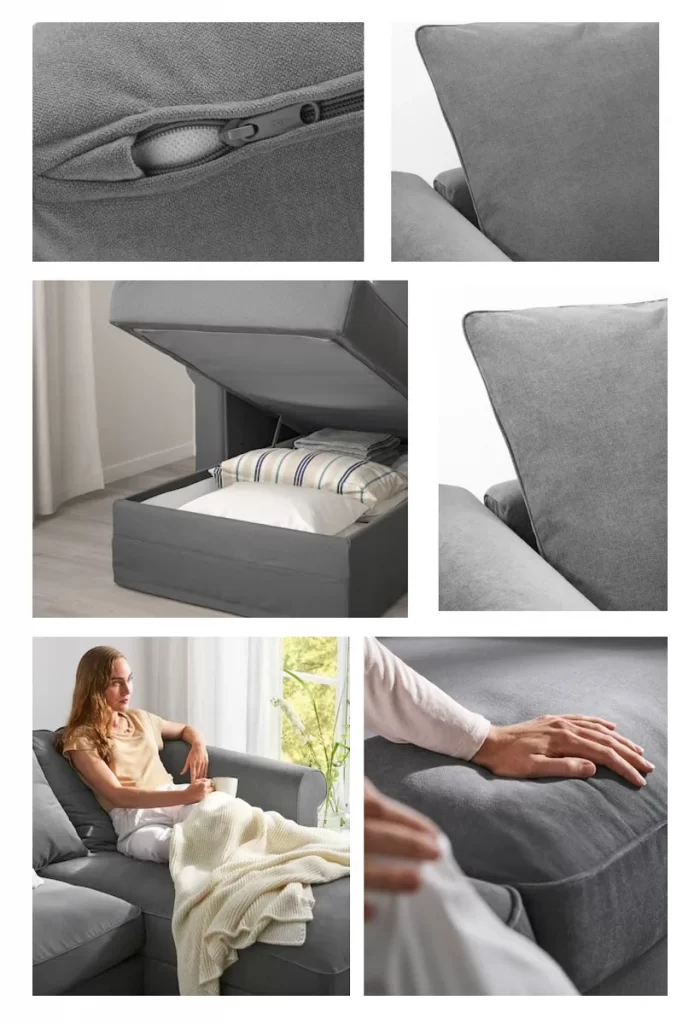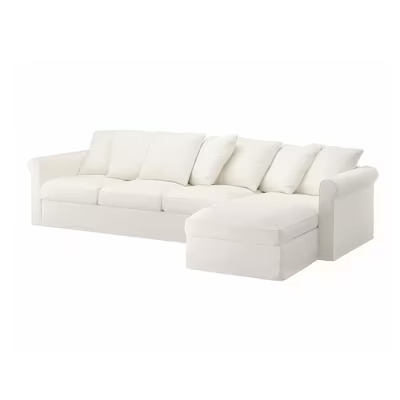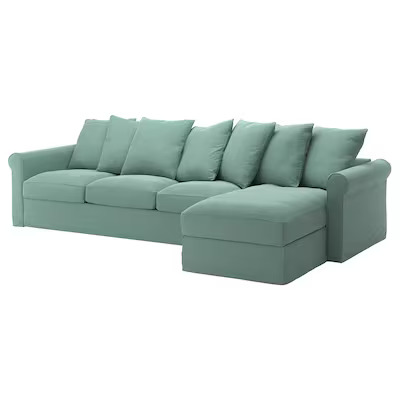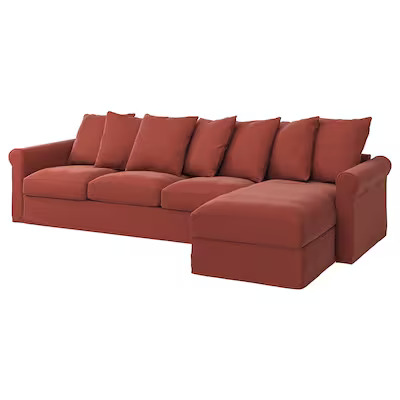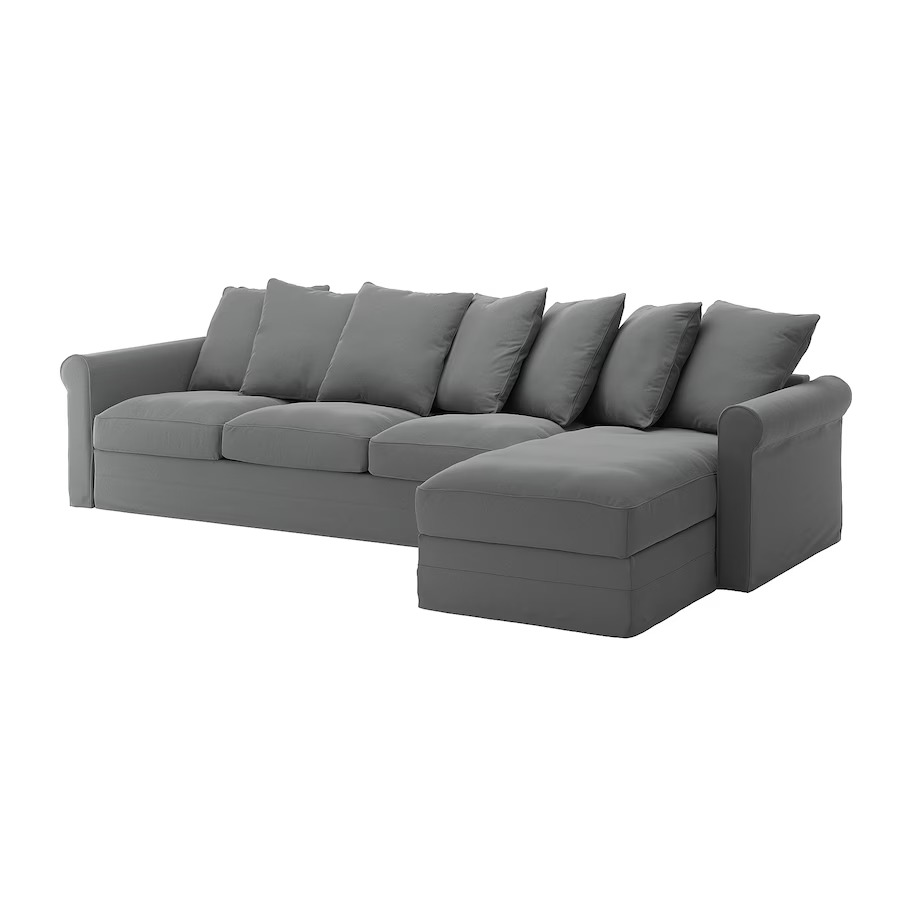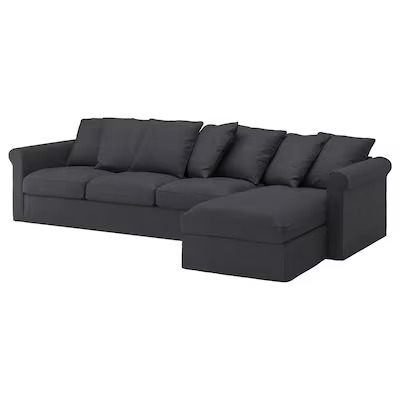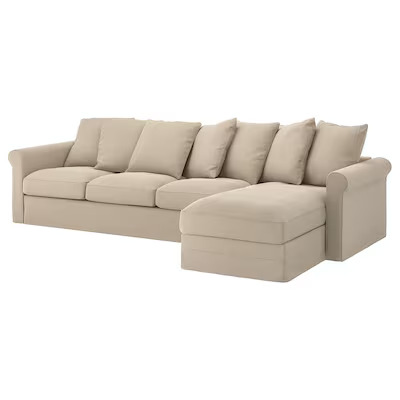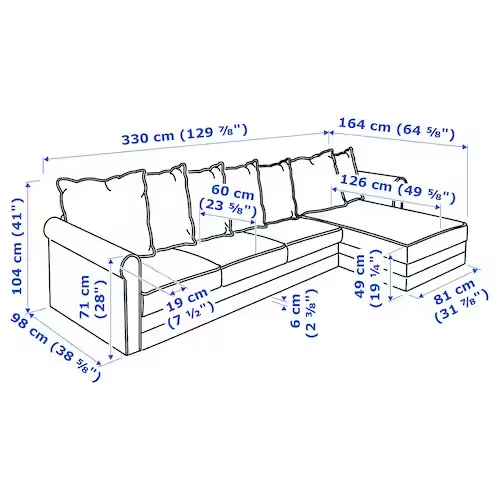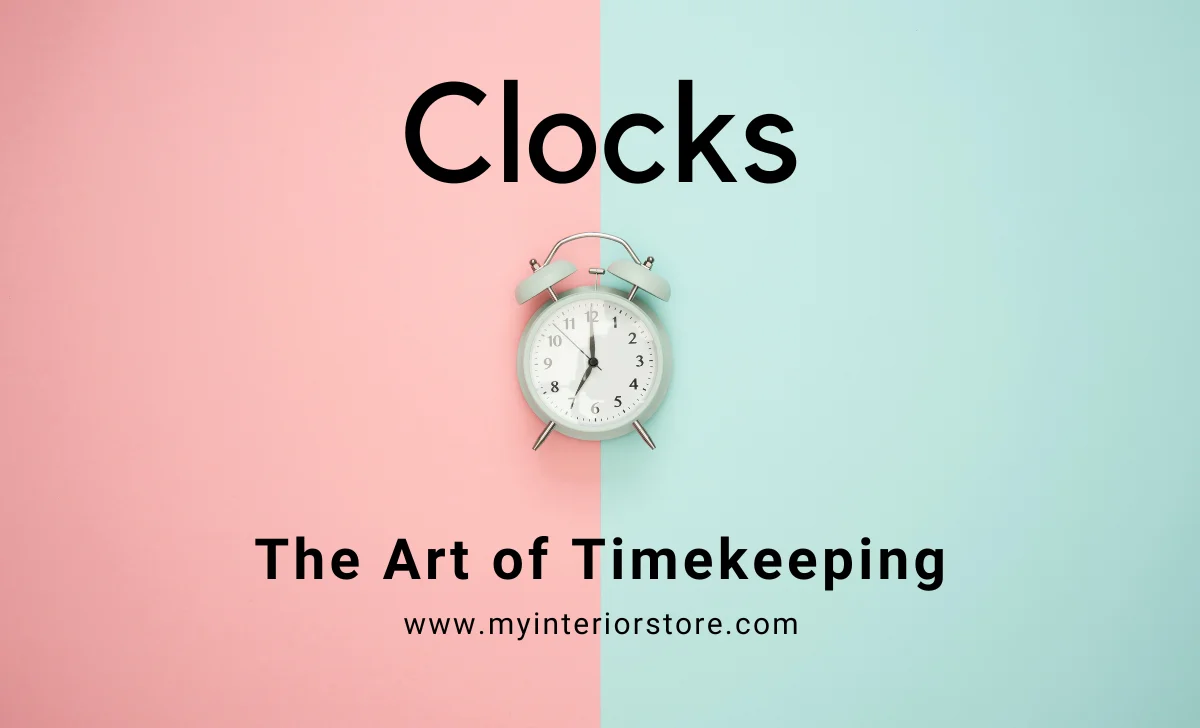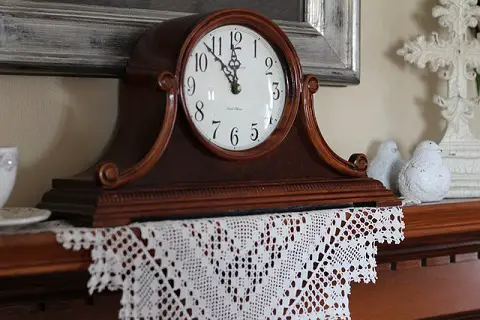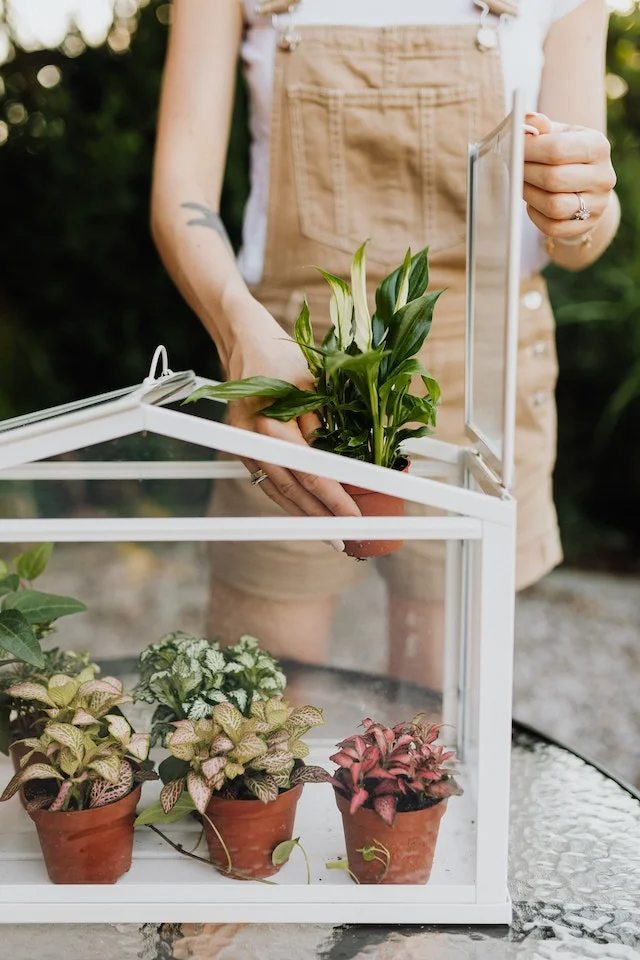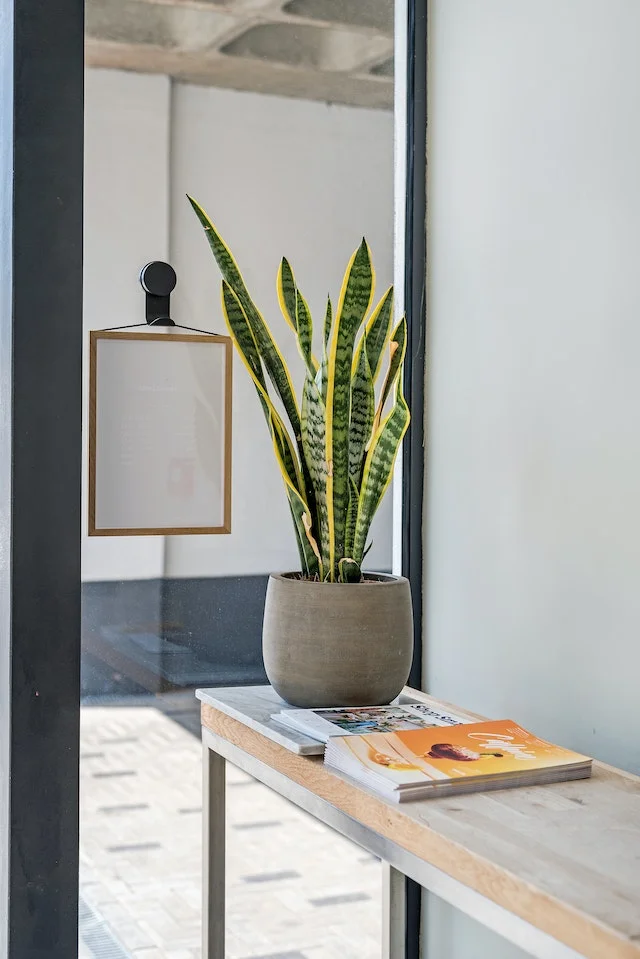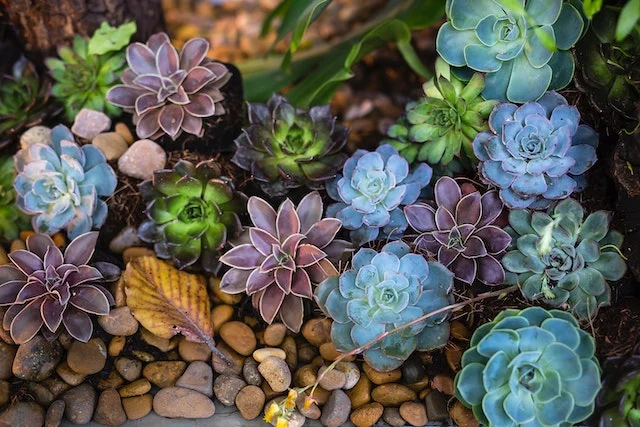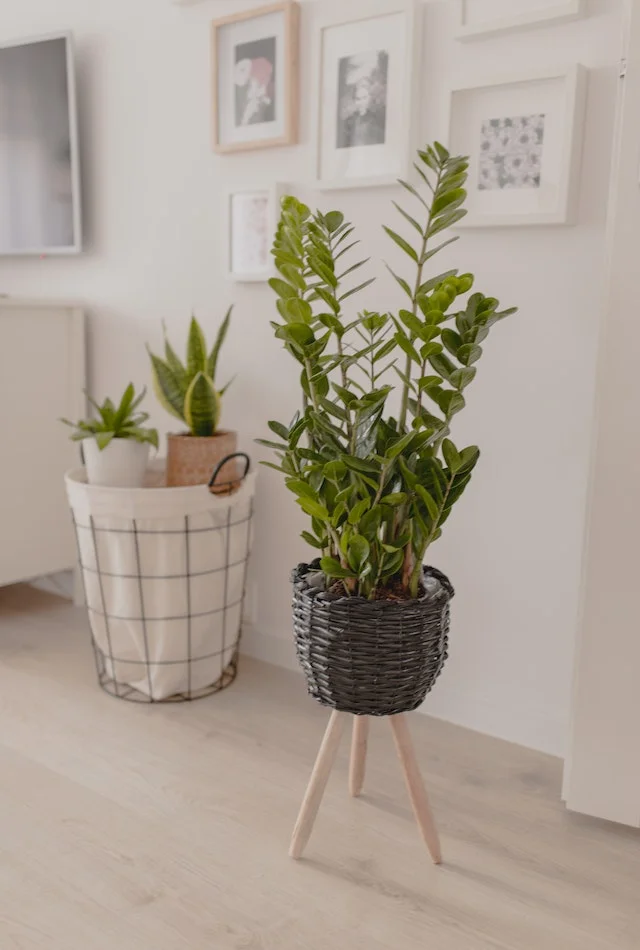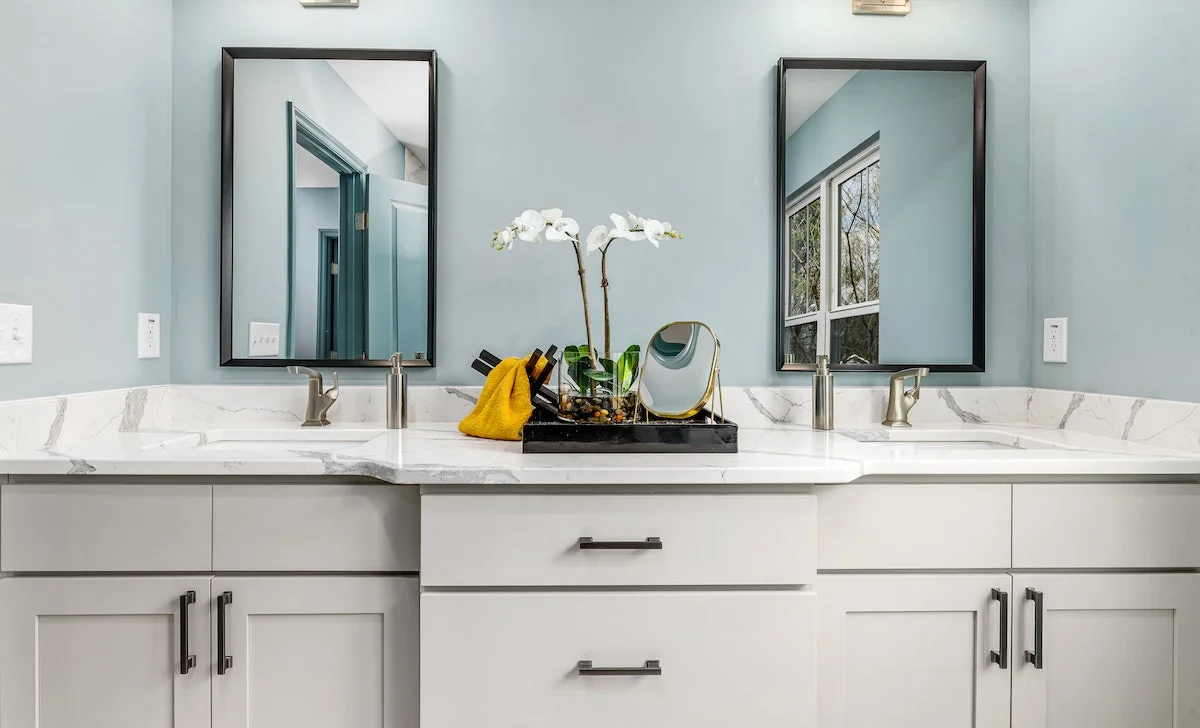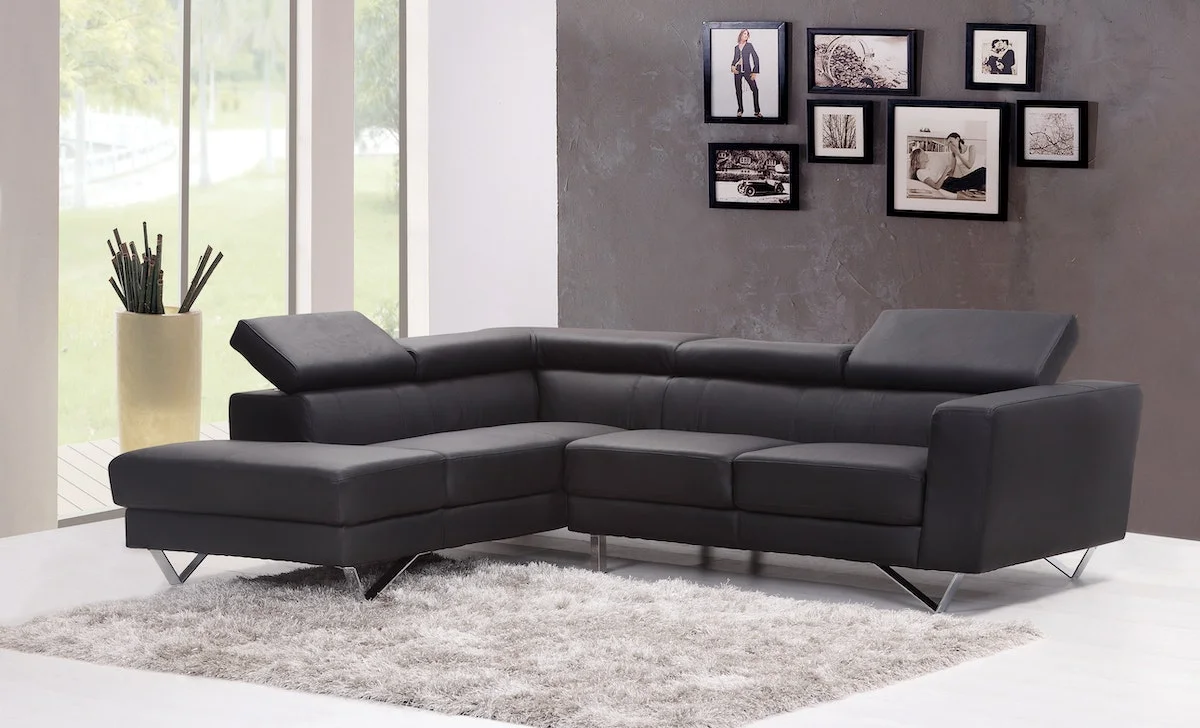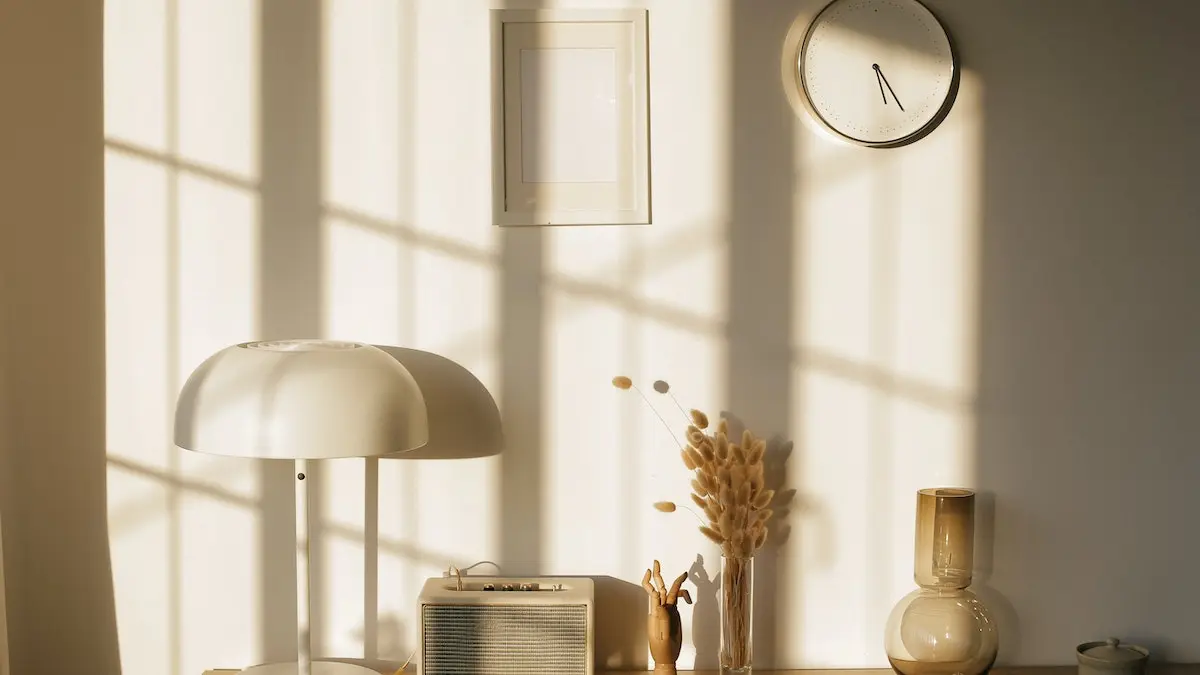Mirror, Mirror on the Wall: Have you ever wondered how a simple reflective surface can transform the ambiance of a room? Mirrors have long been a staple in interior decor, offering both functional and aesthetic benefits. From creating the illusion of space to adding a touch of elegance, mirrors have the power to elevate any interior design. In this article, we will delve into the world of mirrors and explore their role in interior decor. So, let’s dive in and discover the mesmerizing potential of mirrors in transforming your living spaces.
The Role of Mirrors in Interior Decor
Reflecting Light and Creating Illusions
Mirrors have the incredible ability to reflect light, brightening up even the dullest corners of a room. Placing a mirror strategically opposite a window can bounce natural light around, illuminating the entire space. This not only makes the room appear brighter but also creates the illusion of a larger area. Mirrors can also be positioned near light fixtures to enhance the overall brightness and create a warm and inviting atmosphere.
Expanding the Space
If you have a small room or a cramped space, mirrors can work wonders in making it appear more spacious. By reflecting the room back on itself, mirrors create a sense of depth and openness. Hanging a large mirror on a wall can visually expand the boundaries, giving the impression of a larger area. This technique is particularly useful in narrow hallways or compact apartments where maximizing space is crucial.
Enhancing Natural Views
Are you fortunate enough to have breathtaking natural scenery outside your windows? Mirrors can be strategically placed to capture and amplify those views, bringing the beauty of the outdoors inside. By reflecting the natural surroundings, mirrors add depth and a sense of tranquility to your living space. This technique is especially effective if you have limited windows or want to enjoy the view from multiple angles.
Choosing the Right Mirror for Your Space
When it comes to mirrors, choosing the right one for your space is essential. Here are a few factors to consider before making a purchase:
Size and Proportion
The size of the mirror should be proportionate to the wall or area it will occupy. Oversized mirrors can make a bold statement and create a focal point, while smaller mirrors can be used as decorative accents. Consider the dimensions of your space and the visual impact you want to achieve.
Frame Design and Material
Mirrors come in a variety of frame designs and materials, each adding a unique touch to your interior decor. Whether you prefer a sleek and modern frameless mirror, an ornate and vintage-inspired frame, or a minimalist metal frame, choose a design that complements your overall aesthetic. Additionally, consider the material of the frame and how it blends with the existing elements in the room.
Placement and Positioning
The placement and positioning of mirrors can greatly impact their effect on the space. Experiment with different angles and heights to find the most flattering and visually appealing placement. For example, in a living room, a mirror above the fireplace can create a stunning focal point, while a mirror opposite a window can maximize natural light.
Mirror Styles and Types
Mirrors come in various styles and types, each serving different purposes in interior decor. Here are some common mirror styles you can consider for different areas of your home:
Wall Mirrors

Wall mirrors are versatile and can be used in almost any room. They come in a range of shapes, sizes, and styles to suit different aesthetics. From rectangular and round mirrors to abstract and geometric designs, wall mirrors can serve as functional pieces and artistic statements.
Floor Mirrors
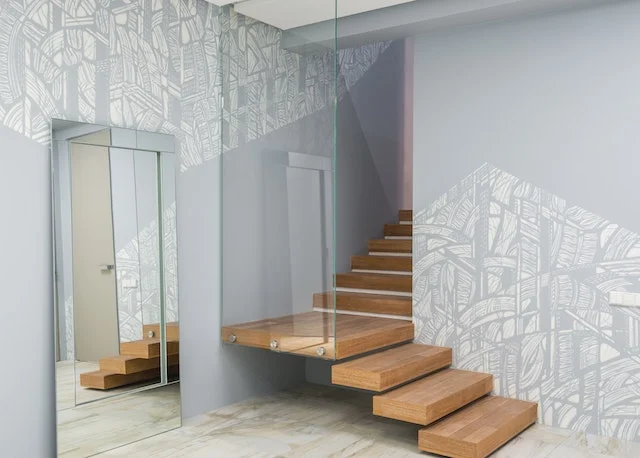
Floor mirrors are larger mirrors that stand on the floor and lean against the wall. They are ideal for bedrooms, dressing areas, or entryways, providing a full-length reflection. Floor mirrors not only serve a practical purpose but also add an element of elegance and sophistication to the room.
Vanity Mirrors
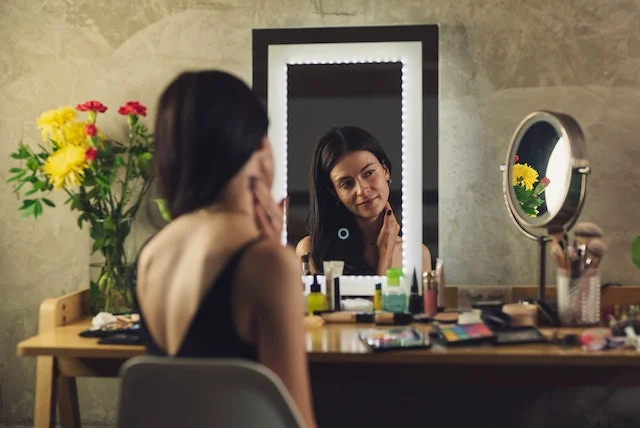
Vanity mirrors are specifically designed for grooming and makeup application. They often feature adjustable lighting and magnification options to ensure optimal visibility. Vanity mirrors can be wall-mounted or placed on a countertop, offering both functionality and style in bathrooms or dressing areas.
Decorative Mirrors
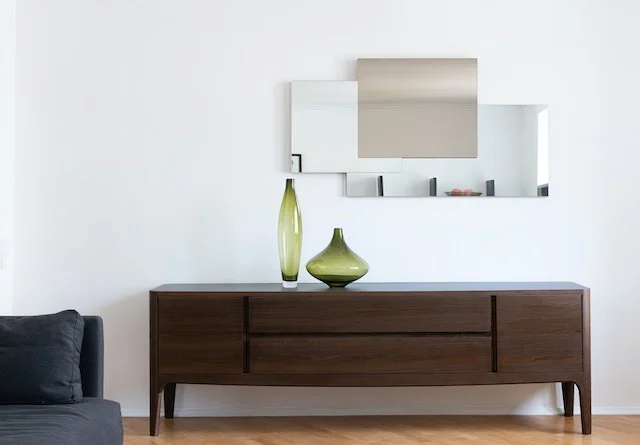
Decorative mirrors come in various shapes, sizes, and designs, making them perfect for adding visual interest and personality to your space. These mirrors can be ornate with intricate frames or have unique shapes that create an artistic focal point. Decorative mirrors are a great addition to entryways, dining rooms, or any area that needs a touch of glamour.
Using Mirrors to Accentuate Different Areas
Mirrors can be used strategically to enhance the ambiance of specific areas in your home. Here are a few examples:
Living Room
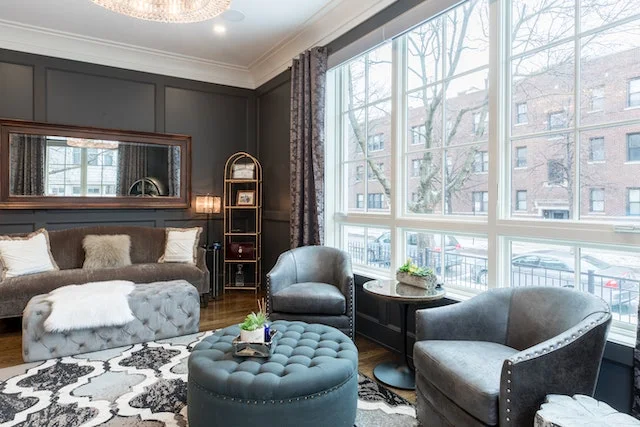
In the living room, a well-placed mirror can amplify the natural light and create a sense of openness. Consider hanging a mirror opposite a window or above a mantel to reflect light and make the room feel more spacious. Additionally, placing a mirror behind a table or a sofa can add depth and dimension to the space.
Bedroom
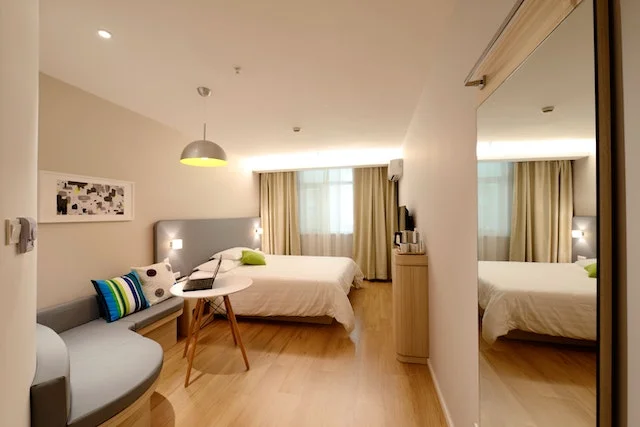
In the bedroom, a floor mirror or a vanity mirror can serve both functional and aesthetic purposes. A full-length floor mirror allows you to check your outfit and grooming, while also making the room feel larger. Placing a mirror on a vanity or dressing table adds a touch of glamour and creates a dedicated space for self-care.
Bathroom
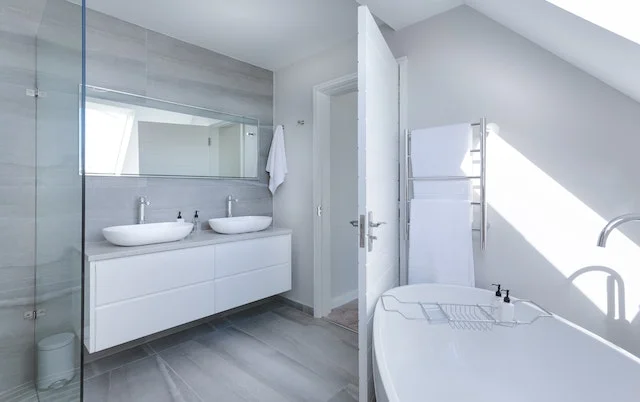
Mirrors are essential in bathrooms for grooming and getting ready. Consider installing a mirror above the sink or vanity area to provide optimal visibility. Additionally, using a large mirror in a small bathroom can make it appear more spacious. Choose a mirror with moisture-resistant properties to withstand the high humidity levels.
Hallway
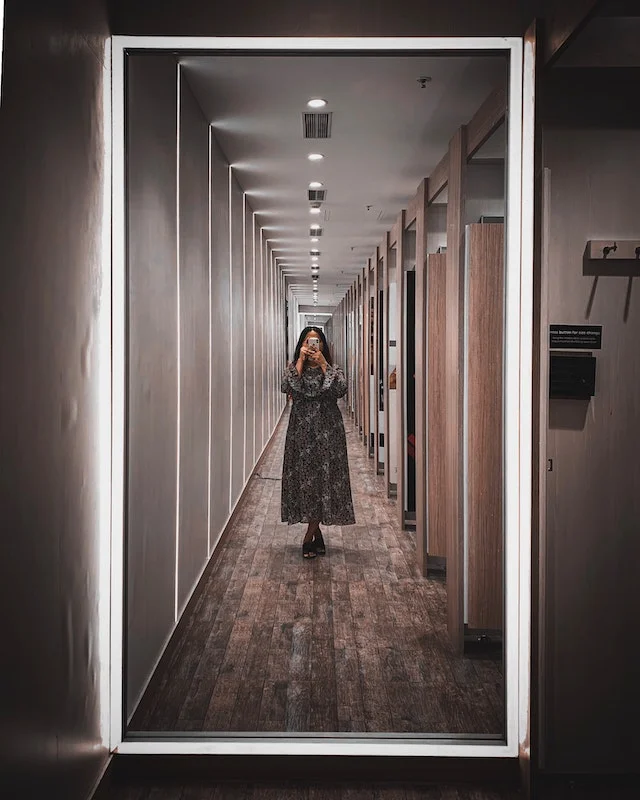
Hallways are often narrow and lack natural light. Mirrors can be used to open up the space and reflect light from nearby windows or lighting fixtures. Hanging a series of small mirrors along the hallway can create an interesting visual effect and make the area feel more inviting.
Dining Room
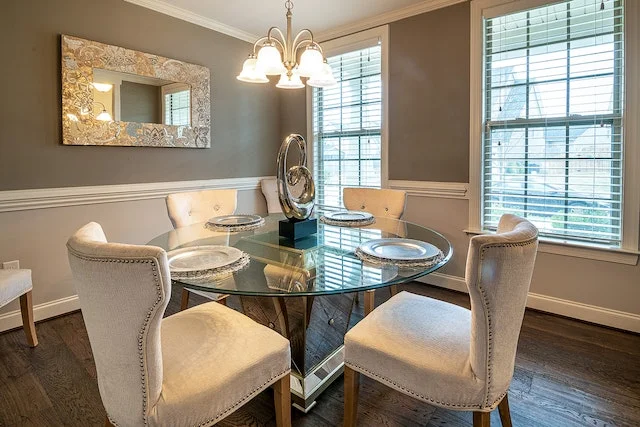
In the dining room, a mirror can serve as a decorative element while also enhancing the overall ambiance. Placing a mirror on the wall opposite the dining table can create an illusion of a larger space and reflect the beautiful table setting or artwork. It can also help in distributing light from chandeliers or pendant lights, creating a warm and welcoming atmosphere.
Entryway
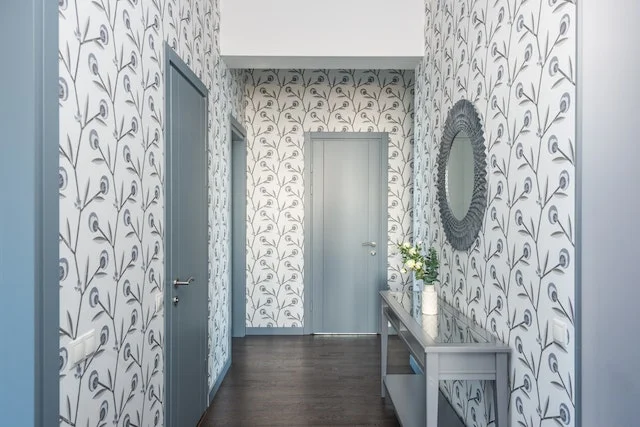
The entryway sets the tone for your home and provides the first impression. A mirror in the entryway not only serves a functional purpose for last-minute appearance checks but also adds a touch of style. Consider placing a mirror near the entry door or above a console table to create a focal point and make the space feel more inviting.
Mirror Maintenance and Cleaning Tips
To keep your mirrors looking their best, here are some maintenance and cleaning tips:
Regular Dusting
Dust and fingerprints can accumulate on mirrors over time, diminishing their reflective quality. Regularly dust your mirrors using a soft, lint-free cloth or a microfiber cloth. Gently wipe the surface in a circular motion to remove any debris or smudges.
Avoiding Harsh Cleaners
When cleaning mirrors, avoid using harsh chemical cleaners that can damage the mirror’s surface or leave streaks. Instead, opt for mild cleaning solutions such as a mixture of water and vinegar or a commercial glass cleaner specifically designed for mirrors. Spray the cleaner onto the cloth rather than directly on the mirror to prevent excess moisture.
Preventing Moisture Damage
In areas with high humidity, such as bathrooms, take extra precautions to prevent moisture damage to the mirror. Ensure proper ventilation in the bathroom and wipe off any condensation or water droplets from the mirror surface to prevent water spots or mold growth.
Safety Considerations
While mirrors add beauty and functionality to your space, it’s essential to consider safety precautions:
Proper Mounting and Securing
When hanging mirrors, ensure they are securely mounted to the wall using appropriate hardware. Follow the manufacturer’s instructions and use anchors or brackets that can support the weight of the mirror. This prevents accidents or injuries caused by a falling mirror.
Childproofing
If you have young children at home, take measures to childproof mirrors. Avoid placing mirrors at a low height where they can be easily reached by children. Consider using safety film or adhesive strips on the back of the mirror to minimize the risk of breakage and injury.
Avoiding Sharp Edges
Some mirrors may have sharp or beveled edges that can be hazardous. When selecting a mirror, opt for those with rounded or smooth edges, especially if they will be placed in areas accessible to children or high-traffic zones.
Featured Image Source Photo by Polina Kovaleva

